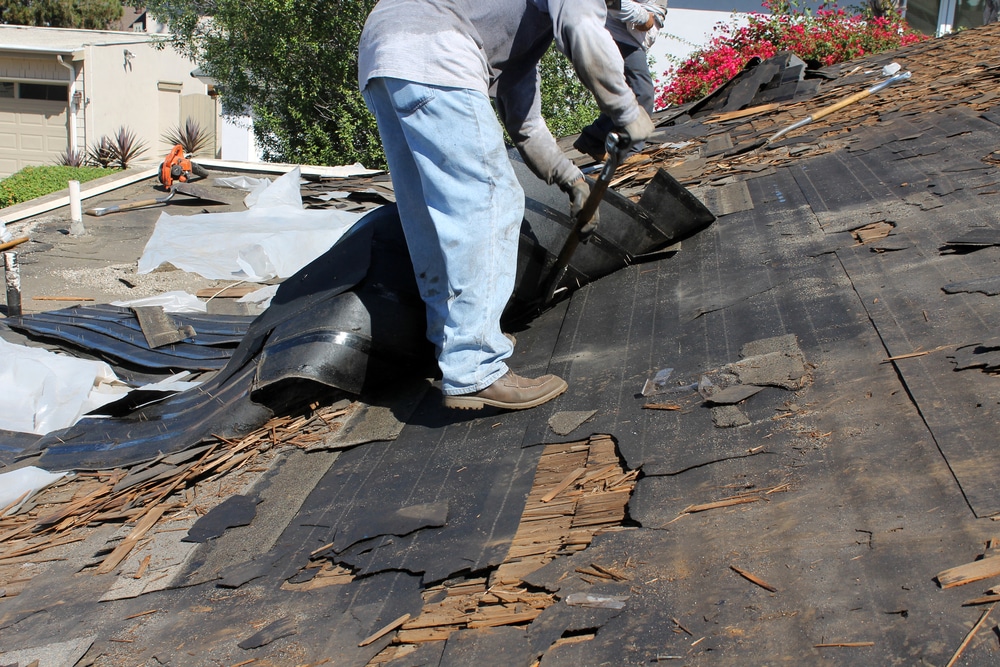
The average asphalt shingle roof needs to be replaced after approximately 10 years. This number varies depending on the quality of the materials used, the environmental conditions to which the roof is exposed and the maintenance and repairs performed on the roof during its life. In order to maximize the life of your asphalt shingle roof and prevent damage to your home, watch for signs that your roof may need to be repaired or replaced.
From inside your home, the condition of the roof may be determined by examining the attic. Signs of trouble include:
- Areas between the rafters where the roof deck sags
- Light from outside showing through holes in the roof
- Leaks, water, wet areas or water stains, and
- Dark spots in the wood.
Any of these signs should be investigated by a roofing professional immediately. A sagging roof deck indicates that the roof deck will likely need to be replaced along with the roof. Water stains or black spots in the wood might indicate an old leak that has been repaired previously or might indicate a current problem.
From the outside of your home, other signs may indicate that your roof will soon need to be replaced:
- Dark areas that can be seen from the ground may be shingles that have lost most of their granules. The loss of granules may also be discovered if a significant amount of granules accumulates in the gutters. The granules protect the shingles from sun damage, so once the granules are gone, the shingles need to be replaced.
- Curling or missing shingles will need to be replaced.
- Damage to the flashing around chimneys and in the valleys of your roof may also necessitate the replacement of the entire roof.
Obvious signs of water damage within your home, such as water stains on ceilings or walls are advanced signs of water damage that may be caused by a leak in the roof. If you notice signs of water damage, but are unable to pinpoint a leak, have a roofing professional inspect your roof and gutters as soon as possible to rule out the roof as the culprit.
Monitoring your roof throughout its life for signs of trouble will allow you to deal with problems as soon as they arise and protect your home from water damage.










